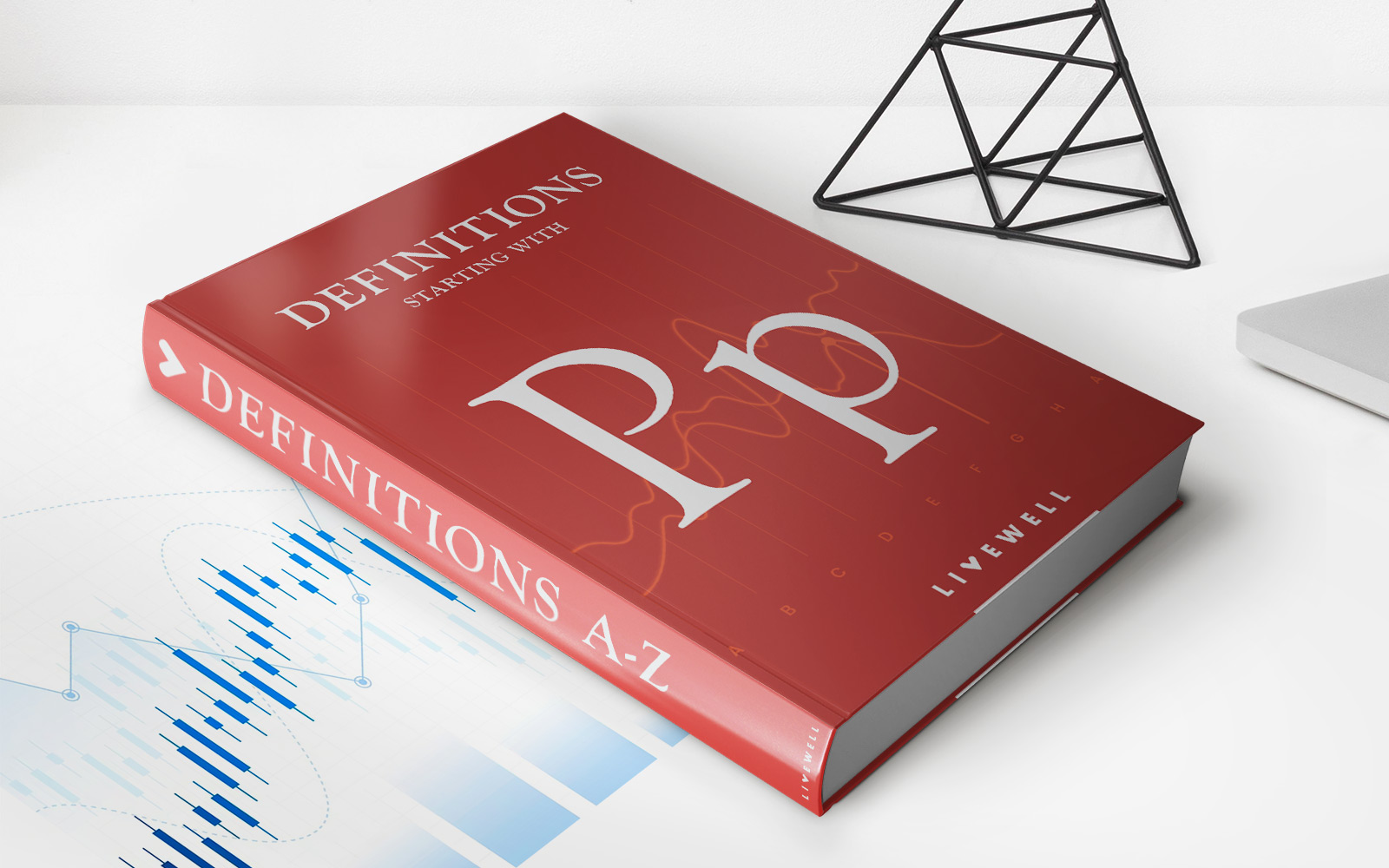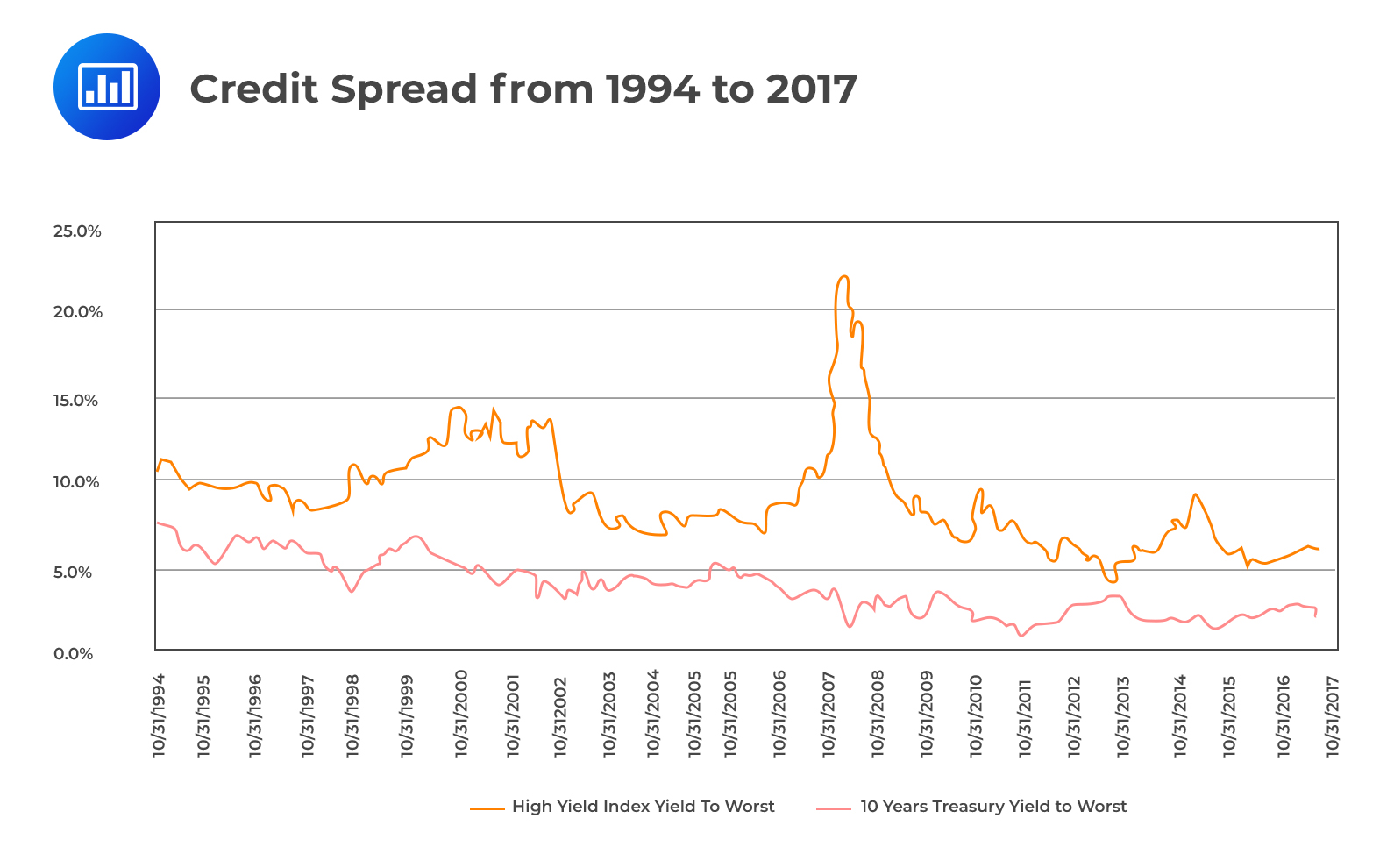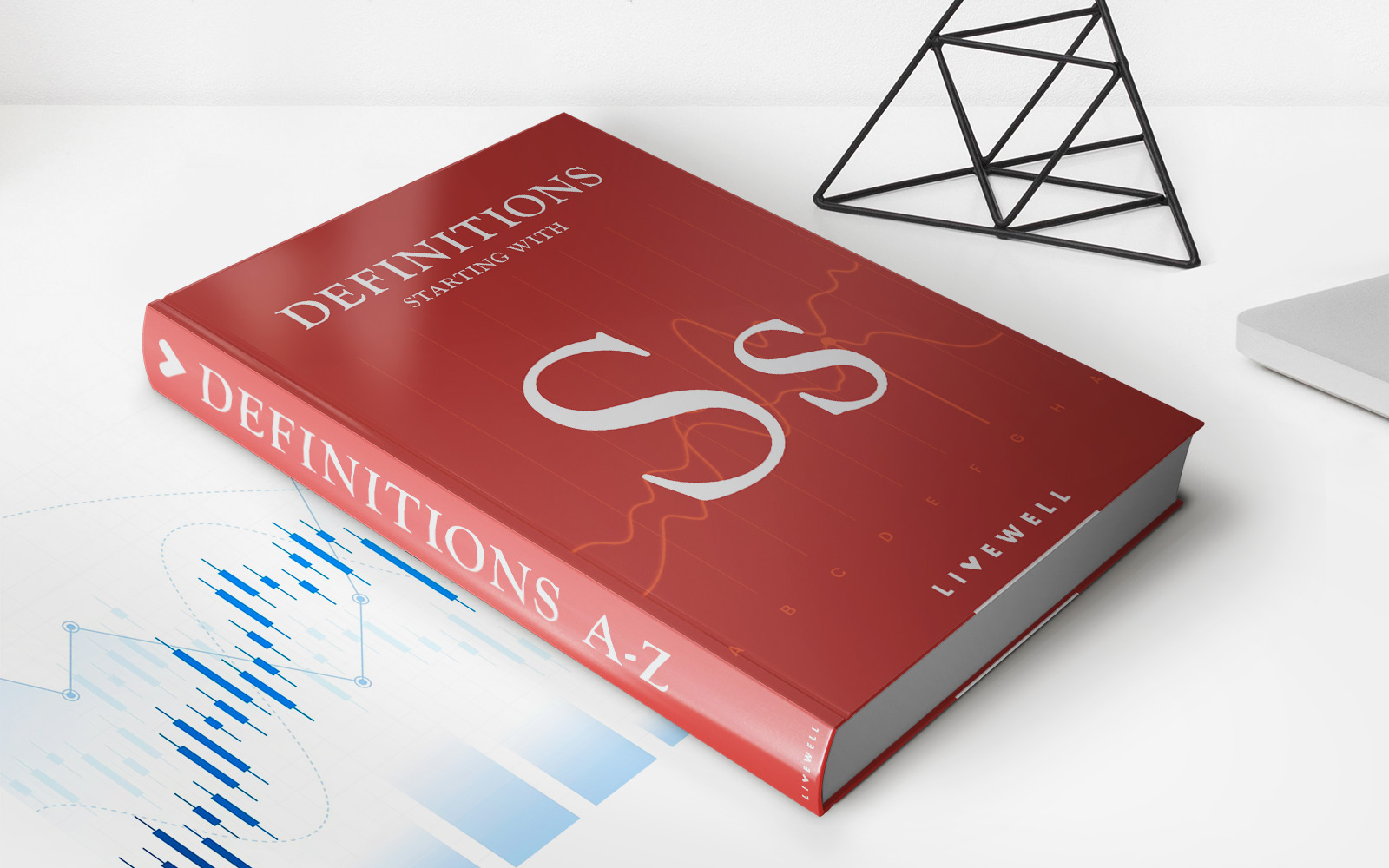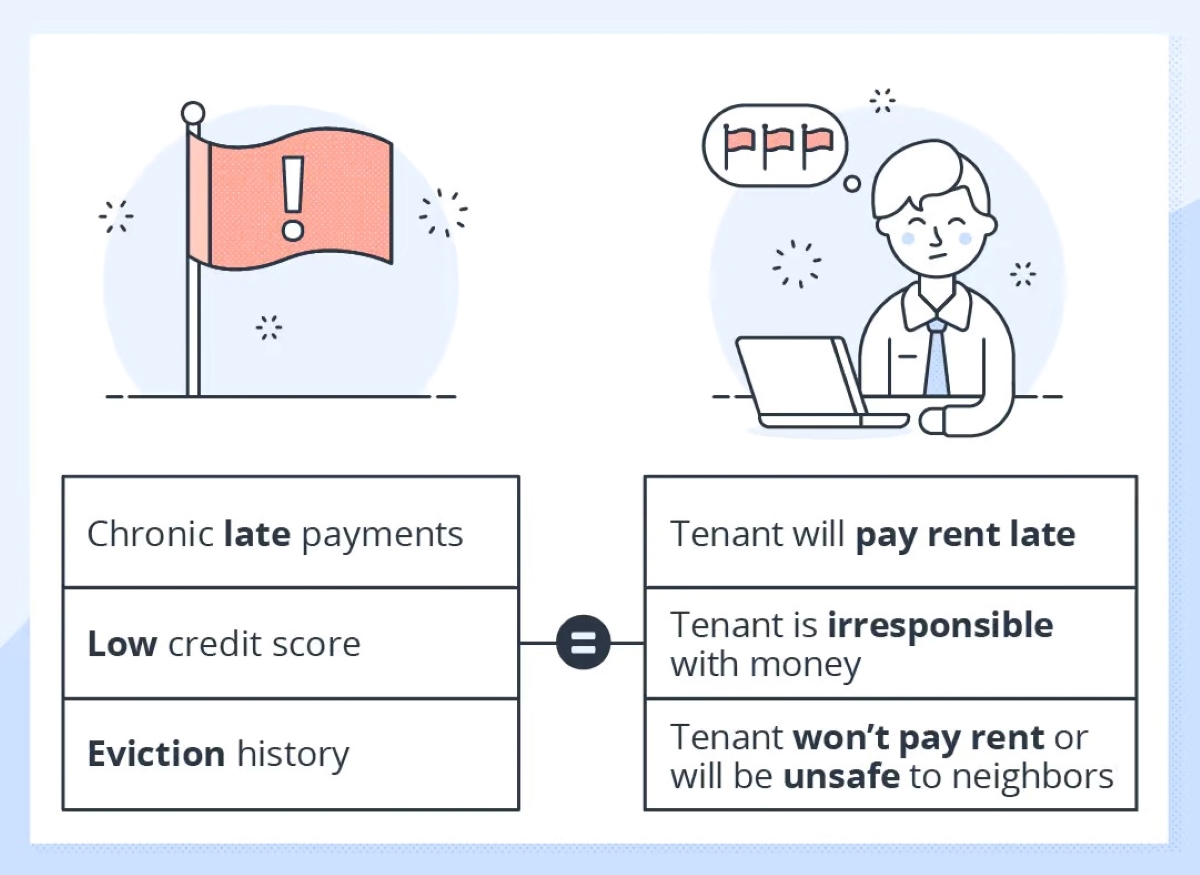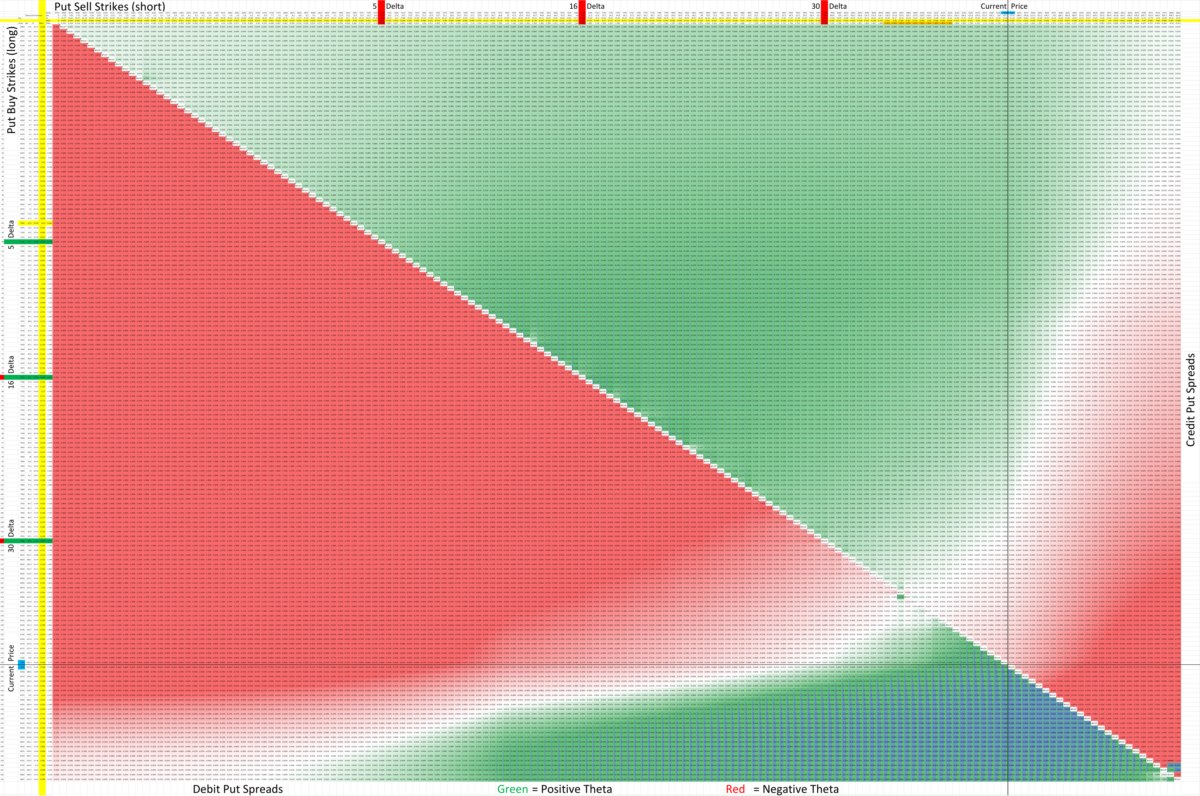

Finance
What Is A Credit Put Spread
Published: January 4, 2024
Learn about credit put spreads in finance and how they can be used to manage risk and generate income. Find out what a credit put spread is and how it works.
(Many of the links in this article redirect to a specific reviewed product. Your purchase of these products through affiliate links helps to generate commission for LiveWell, at no extra cost. Learn more)
Table of Contents
Introduction
When it comes to investing in the stock market or trading options, it is essential to understand different strategies to manage risk and maximize potential returns. One such strategy is the credit put spread, which is commonly used by options traders to generate income while limiting downside risk. This article will provide a comprehensive overview of what a credit put spread is, how it works, its benefits and risks, and factors to consider when using this options trading strategy.
A credit put spread is a type of options spread strategy that involves selling a put option with a higher strike price and simultaneously buying a put option with a lower strike price. The trader receives a credit or premium for selling the higher strike put option, and the premium collected partially offsets the cost of buying the lower strike put option.
The key idea behind a credit put spread is to take advantage of the time decay of options premiums and generate income while having a limited risk exposure. This strategy is often used in a neutral or slightly bullish market, where the trader expects the underlying stock or index to remain above the higher strike price of the sold put option.
By understanding how credit put spreads work and considering their benefits and risks, investors can make informed decisions when incorporating this strategy into their options trading arsenal. It is important to note that options trading carries inherent risks, and individuals should seek professional advice or conduct thorough research before engaging in such activities.
What is a Credit Put Spread?
A credit put spread, also known as a bull put spread or a short put spread, is an options trading strategy that involves selling a put option with a higher strike price and simultaneously buying a put option with a lower strike price. The combination of these two positions creates a spread, with the trader receiving a credit or premium for selling the higher strike put option.
The primary goal of a credit put spread is to generate income by collecting the premium from selling the higher strike put option. The premium acts as a buffer or cushion to partially offset the cost of buying the lower strike put option, thus reducing the overall risk exposure of the strategy.
By implementing a credit put spread, the trader is essentially betting that the underlying stock or index will remain above the higher strike price of the sold put option until the options expire. If this occurs, the trader keeps the premium received, and both put options expire worthless. However, if the stock or index falls below the higher strike price, the trader may incur losses.
It is important to note that a credit put spread is a limited-risk strategy. The maximum loss potential is capped at the difference between the strike prices minus the premium received. The maximum profit potential is limited to the premium received from the spread.
Credit put spreads are often used in neutral or slightly bullish market conditions where the trader believes that the underlying stock or index will either remain stable or appreciate in value. This strategy allows traders to generate income in a relatively low-risk manner while still benefiting from potential upside movements in the market.
Traders can customize credit put spreads based on their risk tolerance and market outlook. They can select different strike prices and expiration dates to suit their individual preferences and trading goals. Additionally, by carefully selecting the strike prices, traders can adjust their risk-reward ratios and optimize their potential profits.
How Does a Credit Put Spread Work?
A credit put spread is constructed by simultaneously selling a put option with a higher strike price and buying a put option with a lower strike price. Let’s delve deeper into how this options trading strategy works.
When implementing a credit put spread, the trader receives a credit or premium for selling the higher strike put option. This premium is collected upfront and serves as immediate income for the trader. The premium received partially offsets the cost of buying the lower strike put option, reducing the overall outlay of capital for the trader.
The difference between the strike prices of the two put options determines the maximum potential profit and maximum potential loss of the credit put spread. The maximum profit is the premium received, while the maximum loss is the difference between the strike prices minus the premium received.
For example, suppose a trader sells a put option with a strike price of $50 and collects a premium of $2. Simultaneously, the trader buys a put option with a strike price of $45, costing $0.70. The net premium received is $2 – $0.70 = $1.30. In this scenario, the maximum profit is $1.30 (the premium received), and the maximum loss is $5 ($50 – $45 – $1.30).
The premise behind a credit put spread is that the trader wants the underlying stock or index to stay above the higher strike price of the sold put option until expiration. This way, both put options expire worthless, and the trader keeps the premium received. If the stock or index remains above the higher strike price, the trader realizes a net profit equal to the premium collected.
However, if the stock or index falls below the higher strike price, the trader’s risk is limited to the difference between the strike prices minus the premium received. Any losses incurred beyond that point are capped, providing a level of risk management and protection for the trader.
It’s worth noting that time decay plays a role in credit put spreads. As time progresses, the options’ premium decreases, benefiting the trader who sold the higher strike put option. This time decay erosion can contribute to the overall profitability of the strategy.
Overall, a credit put spread allows traders to generate income while limiting their downside risk exposure. By carefully selecting the strike prices and managing expiration dates, traders can customize this options strategy to align with their market outlook and risk tolerance levels.
Benefits of Credit Put Spreads
Credit put spreads offer several advantages for options traders, making them a popular strategy to generate income and manage risk. Let’s explore some of the primary benefits of using credit put spreads:
- Income Generation: The primary objective of a credit put spread is to generate income through the collection of premium from selling the higher strike put option. This upfront credit provides immediate income for the trader, which can be especially appealing for income-focused investors.
- Limited Risk: One of the key advantages of a credit put spread is its limited-risk nature. The maximum loss is capped at the difference between the strike prices minus the premium received. This risk limitation allows traders to quantify and manage their potential losses, enhancing risk management and providing peace of mind.
- Defined Profit Potential: Credit put spreads also offer a defined profit potential. The maximum profit is equal to the premium received from the spread. Having a predetermined profit target enables traders to set realistic expectations and plan their trades accordingly.
- Time Decay Benefit: As a trader sells a higher strike put option with a longer expiration date, they can benefit from time decay erosion. Over time, the options’ premium decreases, which can work in favor of the trader who sold the option. This time decay can contribute to the profitability of the credit put spread strategy.
- Customizable: Credit put spreads are highly customizable. Traders have the flexibility to choose different strike prices and expiration dates based on their market outlook and risk appetite. This customization allows for tailoring the strategy to individual preferences and objectives.
- Market Flexibility: Credit put spreads can be implemented in various market conditions. While they are commonly used in neutral or slightly bullish markets, they can also be adapted to fit different expectations. Traders can adjust the strike prices and expiration dates to align with their outlook on the underlying stock or index.
It’s important to note that while credit put spreads offer these benefits, they are not without risks. Successful implementation requires a thorough understanding of the strategy and careful consideration of market conditions. Traders should always perform proper analysis and risk assessment before initiating any options trade.
Risks of Credit Put Spreads
While credit put spreads offer several benefits, it’s important to be aware of the risks associated with this options trading strategy. Understanding these risks is crucial for effective risk management and decision-making. Here are some of the primary risks to consider when utilizing credit put spreads:
- Limited Profit Potential: While having a defined profit potential is a benefit, it also means that the profit potential of a credit put spread is limited. The maximum profit is capped at the premium received from the spread. If the stock or index moves significantly above the higher strike price, the trader’s potential for profit is limited.
- Potential Losses: Although credit put spreads offer limited risk, there is still the possibility of incurring losses. If the stock or index drops below the lower strike price, the trader may experience losses beyond the premium received. It’s important to carefully assess the risk-reward ratio and set a risk tolerance level that aligns with your trading strategy.
- Market Risk: Credit put spreads are not immune to market risk. If there is a significant market downturn or adverse event that impacts the underlying stock or index, the trader may still face losses. It is essential to stay informed about market conditions and incorporate risk management techniques when engaging in options trading.
- Early Assignment: There is a possibility of early assignment when selling options. If the sold put option is exercised prior to expiration, the trader may have to buy the underlying stock at the higher strike price. This can result in additional costs and potentially impact the overall profitability of the credit put spread.
- Limited Upside Potential: Credit put spreads are designed for neutral to slightly bullish market conditions. If the stock or index rallies significantly above the higher strike price, the trader may miss out on the opportunity for larger profits. The potential upside is limited by the higher strike price of the sold put option.
It’s crucial to thoroughly assess the risks involved and consider risk management strategies when using credit put spreads. This includes setting proper risk-reward ratios, defining exit criteria, and diversifying your options trading portfolio to mitigate specific risks associated with this strategy.
Keep in mind that options trading carries inherent risks. It is advisable to consult with a financial professional or seek reputable educational resources to gain a comprehensive understanding of options trading strategies and their associated risks.
Example of a Credit Put Spread
Let’s explore an example to better understand how a credit put spread works in practice.
Suppose Company XYZ is currently trading at $50 per share, and an options trader expects the stock to remain relatively stable or slightly increase over the next few weeks. The trader decides to implement a credit put spread to generate income while limiting downside risk.
The trader sells a put option with a strike price of $55 and collects a premium of $2. Simultaneously, the trader buys a put option with a strike price of $50, costing $0.70. The net premium received is $2 – $0.70 = $1.30.
In this scenario, the maximum profit potential is the premium received, which is $1.30. The maximum loss potential is the difference between the strike prices minus the premium received, which is $5 ($55 – $50 – $1.30).
If the stock price remains above $55 until the options expire, both put options will expire worthless. The trader would keep the premium received, resulting in a net profit of $1.30.
However, if the stock price falls below $55, the trader’s risk is limited to the maximum loss of $5. Any losses beyond that point are capped, providing a level of protection for the trader.
It’s important to note that the specific strike prices and premium amounts will vary based on the underlying stock, market conditions, and individual trading preferences. Traders can customize the credit put spread to suit their specific outlook and risk appetite.
By understanding this example, traders can see how a credit put spread can be used to generate income while managing downside risk in a particular stock or index.
Factors to Consider when using Credit Put Spreads
While credit put spreads can be an effective options trading strategy, it’s essential to consider several factors before implementing them. Taking these factors into account can help increase the likelihood of success and mitigate potential risks. Here are some key factors to consider when using credit put spreads:
- Market Outlook: Assessing the overall market conditions and the specific stock or index you are considering is crucial. Credit put spreads are typically used in neutral to slightly bullish markets. Evaluate the underlying asset’s historical price movements, technical indicators, and fundamental factors to gain insights into its future direction.
- Strike Price Selection: The selection of strike prices is critical in a credit put spread. Choose the strike prices based on your market analysis and risk tolerance. Selling a put option with a higher strike price allows for the collection of a larger premium, but it also increases the likelihood of the option being exercised.
- Premium Considerations: Analyze the premium received from selling the higher strike put option. Evaluate the risk-reward ratio and consider whether the premium adequately compensates for the risk involved. Higher premiums may provide more income but also carry higher potential losses.
- Expiration Date: Selecting the appropriate expiration date is crucial. Consider the time horizon of your market outlook and the rate of time decay erosion. Longer expiration periods allow for more potential income but also increase the time for unforeseen events to impact the underlying asset.
- Volatility: Assess the expected volatility of the underlying asset. Higher volatility can increase the premiums received, offering more income potential but also increasing the risk of larger price swings. Low volatility may result in smaller premiums but can provide a more stable trading environment.
- Risk Management: Implement risk management strategies to protect against adverse events. Set stop-loss orders or exit criteria to limit potential losses if the trade does not go as planned. Additionally, diversify your options trading portfolio to spread risk across different assets or strategies.
- Market Liquidity: Consider the liquidity of the options contracts. Liquid markets provide tighter bid-ask spreads and allow for easier execution of trades. Lack of liquidity may lead to wider spreads and potential difficulties in entering or exiting positions.
Remember, each factor plays a crucial role in the success of credit put spreads. Conduct thorough research, stay informed about market conditions, and carefully evaluate these factors before executing any options trades. It is always recommended to seek professional advice or consult reputable educational resources to enhance your understanding and decision-making.
Conclusion
Credit put spreads can be a valuable tool for options traders looking to generate income while managing risk. By selling a put option with a higher strike price and simultaneously buying a put option with a lower strike price, traders can receive a premium upfront while limiting potential losses. Understanding the benefits and risks of credit put spreads is crucial for successful implementation.
The primary advantage of credit put spreads is the ability to generate income through the collection of premiums. Additionally, these spreads offer limited risk exposure, defined profit potential, and time decay benefits. Their customizability and flexibility make them suitable for various market conditions.
However, it is important to be aware of the risks involved. Limited profit potential, potential losses, market risk, early assignment, and limited upside potential are factors to consider when utilizing credit put spreads. Traders should carefully assess these risks and implement appropriate risk management strategies to protect their investments.
Furthermore, factors such as market outlook, strike price selection, premium considerations, expiration dates, volatility, risk management, and market liquidity should be considered when using credit put spreads. Analyzing these factors allows traders to make more informed decisions and optimize their potential for success.
In conclusion, credit put spreads can be a valuable strategy for options traders seeking income generation with limited risk exposure. By understanding the intricacies of this strategy, conducting thorough analysis, and considering the various factors involved, traders can effectively utilize credit put spreads and enhance their options trading portfolio.
Remember, options trading carries inherent risks, and it is essential to obtain proper education or seek professional guidance before engaging in such activities. By doing so, you can navigate the options market with confidence and optimize your chances for success.
